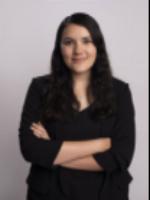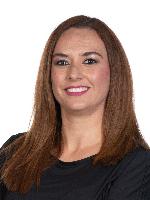













Students play and create different activities that then they apply to code. Through activities like Bop it!, playing cards and cooking, they learn complex concepts of programming. Then when they start coding it is much easier for them to understand what they're doing. This game based learning has been a much easier and fun way for students to use apps and robots like Spheros, CUE, Playground and VEX.
Participants will be able to join in on different activities so they can live the students' experiences.
They will be able to play Sphero Bop it!, Hot potato, cook their codes and more with the help and explanations of coding concepts from students that created them.
Thumlert, J., de Castell, S., & Jenson, J. (2014). Short cuts and extended techniques: Rethinking relations between technology and educational theory. Educational Philosophy and Theory, 47(8), 786-803.
Papert, S. (1980). Mindstorms: Children, computers, and powerful ideas. New York, NY: Basic Books, Inc. Stake, R.E. (2000a). Case studies. In N. Denzin & Y. Lincoln (Eds.), Handbook of qualitative research (2nd ed.; pp. 435-454). Thousand Oaks, CA: Sage Publications.
Baytak, A., & Land, S.M. (2011). An investigation of the artifacts and process of constructing computer games about environmental science in a fifth grade classroom. Educational Technology Research and Development, 59, 765-782
Bers, M.U., Flannery, L., Kazakoff, E.R., & Sullivan, A. (2014). Computational thinking and tinkering: Exploration of an early childhood robotics curriculum. Computers& Education, 72, 145-157.